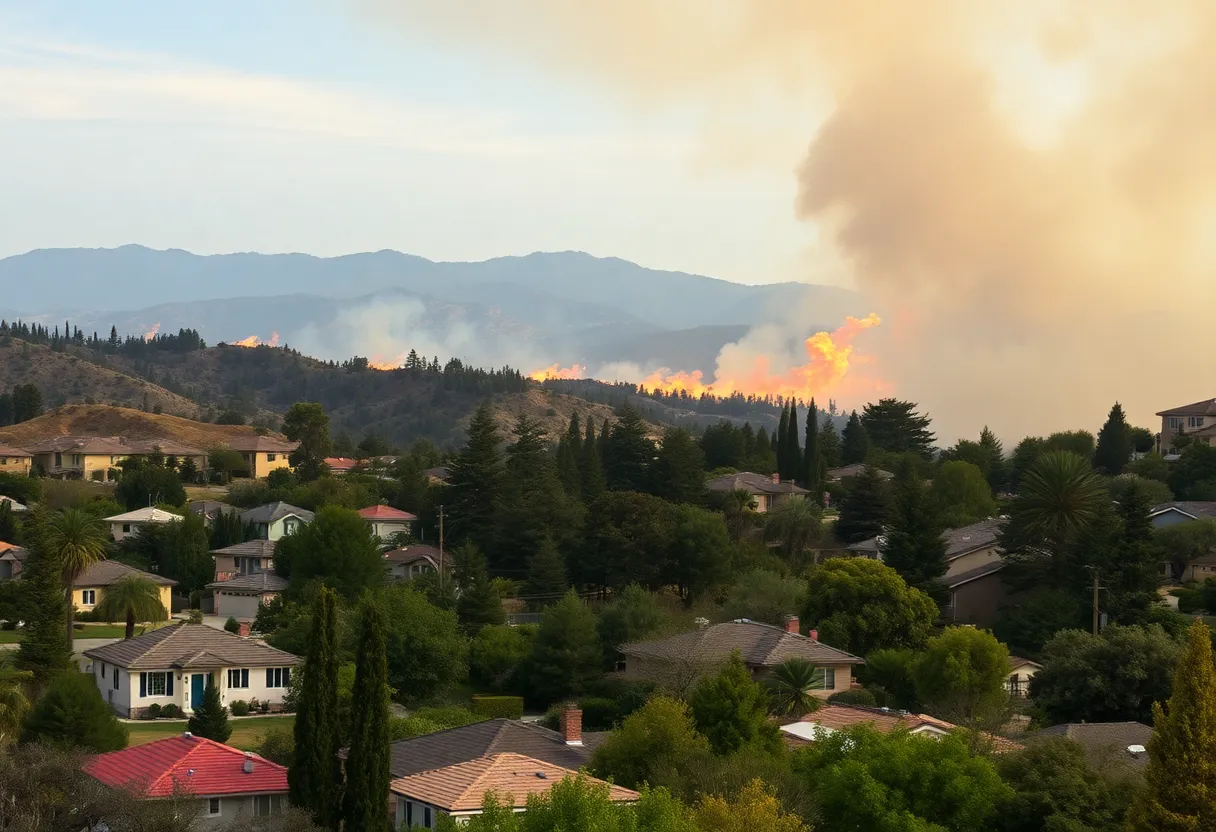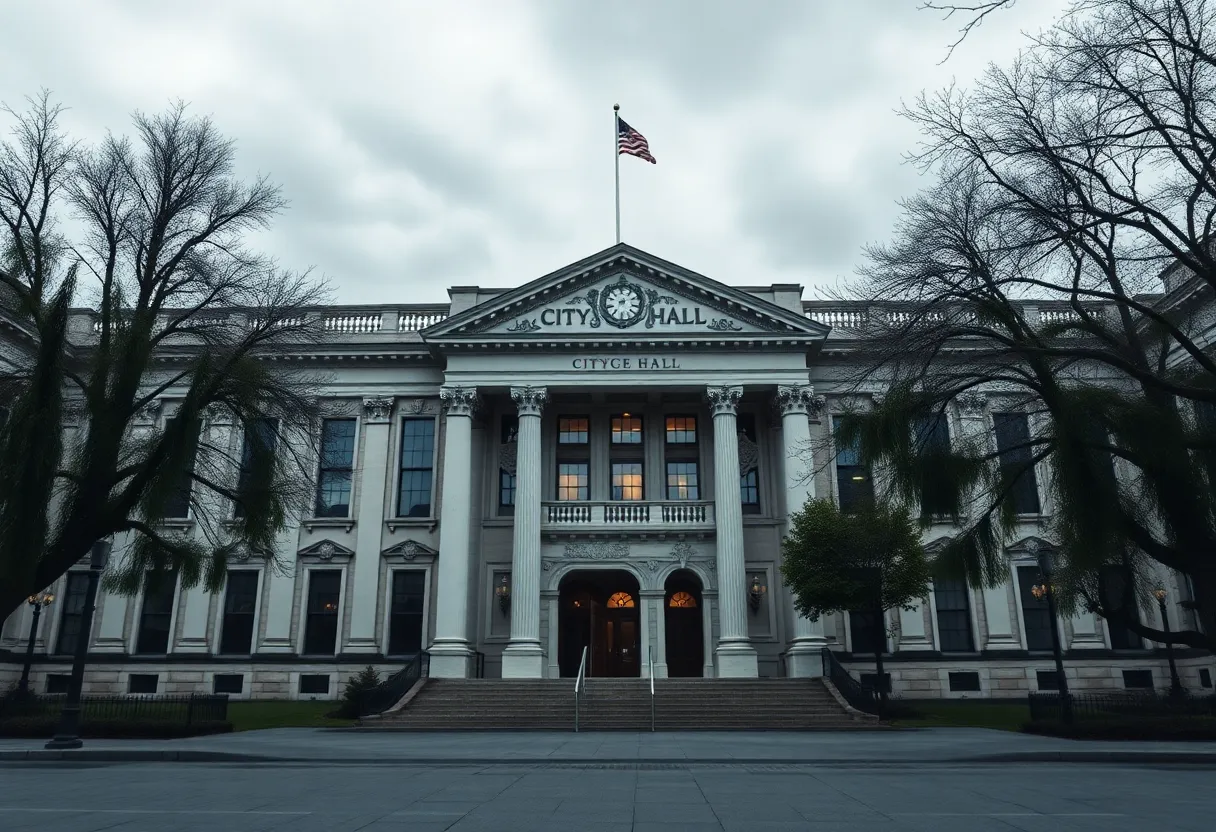News Summary
Newly revealed early conceptual maps and design plans for Disneyland from the 1950s showcase imaginative attractions and ideas that never made it to fruition. Displayed in the Main Street Opera House lobby, these maps reflect the evolution of Disneyland’s design, highlighting unique attractions such as Robin Hood Castle and a community-themed layout. The visionary processes of Walt Disney and his team aimed to innovate and inspire through whimsical concepts. A new book, “The Happiest Place On Earth,” will provide further insights into these early ideas as Disneyland continues to captivate millions.
Los Angeles – Early conceptual maps and design plans for Disneyland, developed in the 1950s by Walt Disney and his creative team, have been revealed to highlight ideas that never came to fruition. These maps, on display in the Main Street Opera House lobby, showcase the evolution of Disneyland’s design from initial concepts to the theme park we know today.
The earliest maps, created by Harper Goff in 1951, proposed a 16-acre theme park located near the Disney movie studio in Burbank. However, as Walt Disney began scouting larger locations, plans expanded significantly by May 1953. The early designs maintained a western entrance for the smaller Burbank park before transitioning to the Anaheim location in August 1953; this version still included a western entrance before ultimately shifting to the current southern entrance the following month.
The conceptual maps featured a surprising variety of structures and attractions that highlighted the team’s innovative ideas. For instance, the early designs depicted a castle unfocused on Sleeping Beauty but rather reflecting themes such as a Robin Hood Castle amid a Sherwood Forest. Other proposed structures included a Police Department, Court House, Post Office, City Hall, and Fire Station, emphasizing the concept of a lively community within the park.
Imaginations ran wild with further designs that included a Cinderella Palace with a dinner room dedicated to the beloved princess. Interestingly, a hotel envisioned in 1951 was initially intended more as a storefront façade than actual accommodations, while another larger hotel planned in 1953 aimed to serve overnight guests.
Additionally, the original maps featured a whimsical Little Church, which changed locations in subsequent iterations. Influences from other theme parks, such as Knott’s Berry Farm, were reflected in the designs, showcasing attractions like a Ghost Town that included a Blacksmith, Gold Mine, School House, and Wells Fargo stagecoach stop.
Early plans also envisioned a Main Street U.S.A. concept before foreign streets and shops were refined with additional elements unique to Disneyland’s signature theme. The Fantasyland portion of the park included early suggestions of a London Street featuring a Peter Pan Pirate Ship near a Pinocchio Square. Further attractions proposed for this area were a Pleasure Island section, Captain Nemo submarine experience, and a Toy Factory.
The creative process also included aspirations for a Lilliputian Museum and Lilliputian Land designed around miniature attractions, evolving later into the fantasy realms familiar to visitors today. Among quirky ideas was an archery range next to Sherwood Forest and plans for a Zoo, Marine Land, and a Botanical Conservatory aimed at creating a diverse recreational area.
A varied array of attractions was visible on the maps, including a Haunted House design featured in the 1951 rendering. The Alice in Wonderland walk-through planned from a 1953 map eventually became a beloved attraction that opened in 1958. Notably, the original Autopia attraction was initially named Drive Yourself Freeway, showcasing further ingenuity in the early designs.
The maps chronicle Walt Disney’s visionary thinking together with his collaborators, evolving their expertise in theme-park design with unique and sometimes outlandish concepts. For instance, plans included an eccentric Tomorrowland attraction centered around uranium hunting.
A new book titled “The Happiest Place On Earth,” set to release on July 15, delves deeper into these early design concepts. While many foundational ideas for Disneyland were established by the early 1950s, they underwent various adjustments leading to the iconic theme park that attracts millions each year.
The display of these early maps not only “reveals the imaginative process behind Disneyland’s conception but also honors the creative legacy of Walt Disney and his team, who sought to innovate and inspire through their visionary projects.
Deeper Dive: News & Info About This Topic
HERE Resources
Anaheim Residents Enjoy Discounted Disneyland Tickets
Local Businesses Unite to Support Long Beach Immigrant Community
Disneyland Celebrates Its 70th Anniversary
Transforming Political Activism Through Nightclub Culture
Haunted Mansion Closing for Refurbishment at Disneyland
California Hosts Enthusiastic Wellness Conference in Anaheim
Bridgewater-Raritan High School Students Excel at FBLA Conference
MG Properties Acquires Citron Apartments in Anaheim
Disneyland to Start Construction on New Coco Attraction
Orange City Allows Fireworks Sales for Independence Day
Additional Resources
- Los Angeles Times: Lost Lands of Disneyland
- Wikipedia: Disneyland
- Encyclopedia Britannica: Anaheim
- Google Search: Disneyland History
- OC Register: Disneyland and Orange County
- Encyclopedia Britannica: Disneyland Overview
- WDW Magazine: Disneyland Paris Park Map
- TripSavvy: Maps of Disneyland Resort

Author: Anaheim Staff Writer
The Anaheim Staff Writer represents the experienced team at HEREAnaheim.com, your go-to source for actionable local news and information in Anaheim, Orange County, and beyond. Specializing in "news you can use," we cover essential topics like product reviews for personal and business needs, local business directories, politics, real estate trends, neighborhood insights, and state news affecting the area—with deep expertise drawn from years of dedicated reporting and strong community input, including local press releases and business updates. We deliver top reporting on high-value events such as major conventions at the Anaheim Convention Center, including NAMM and VidCon, exciting games at Angel Stadium and Honda Center, and developments at Disneyland Resort Our coverage extends to key organizations like the Anaheim Chamber of Commerce and Visit Anaheim, plus leading businesses in hospitality, entertainment, and innovation that power the local economy As part of the broader HERE network, including HERECostaMesa.com, HEREHuntingtonBeach.com, HERESantaAna.com, and HERELosAngeles.com, we provide comprehensive, credible insights into Southern California's dynamic landscape.




